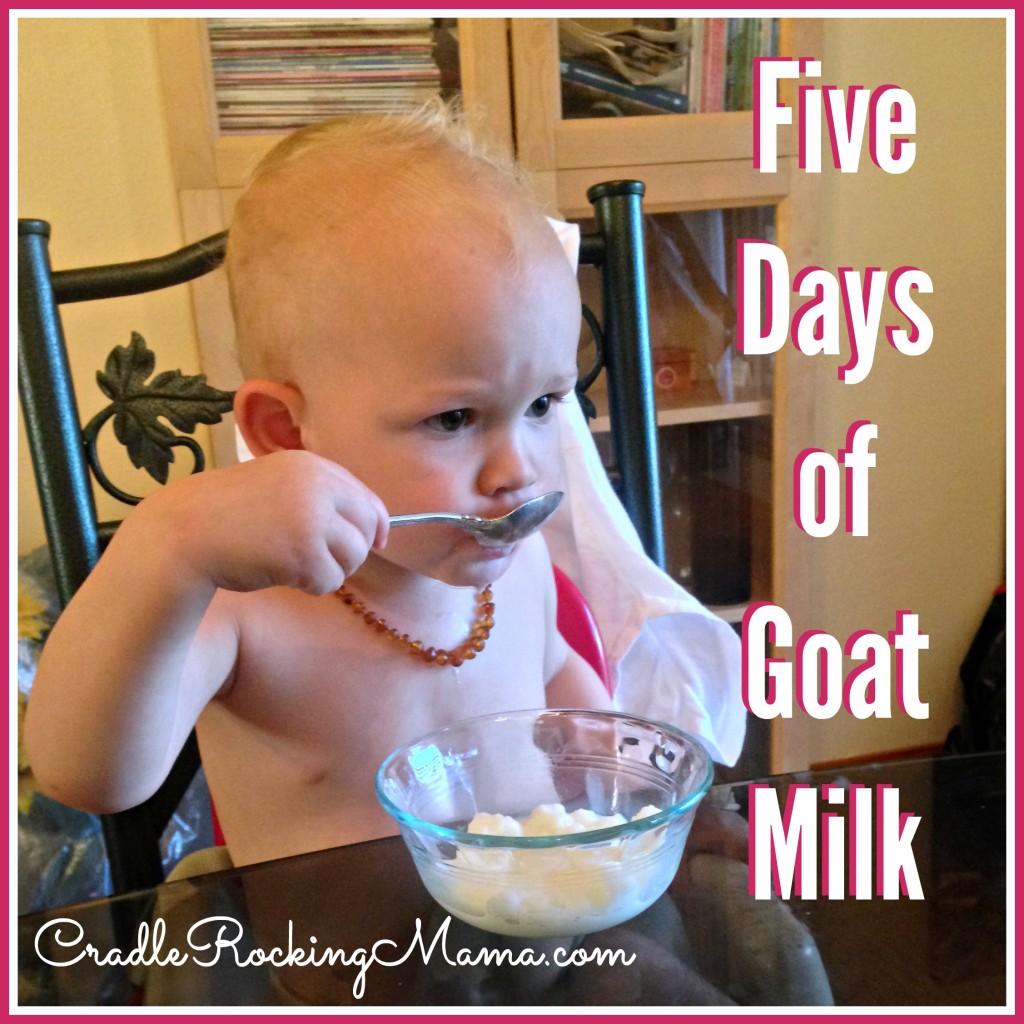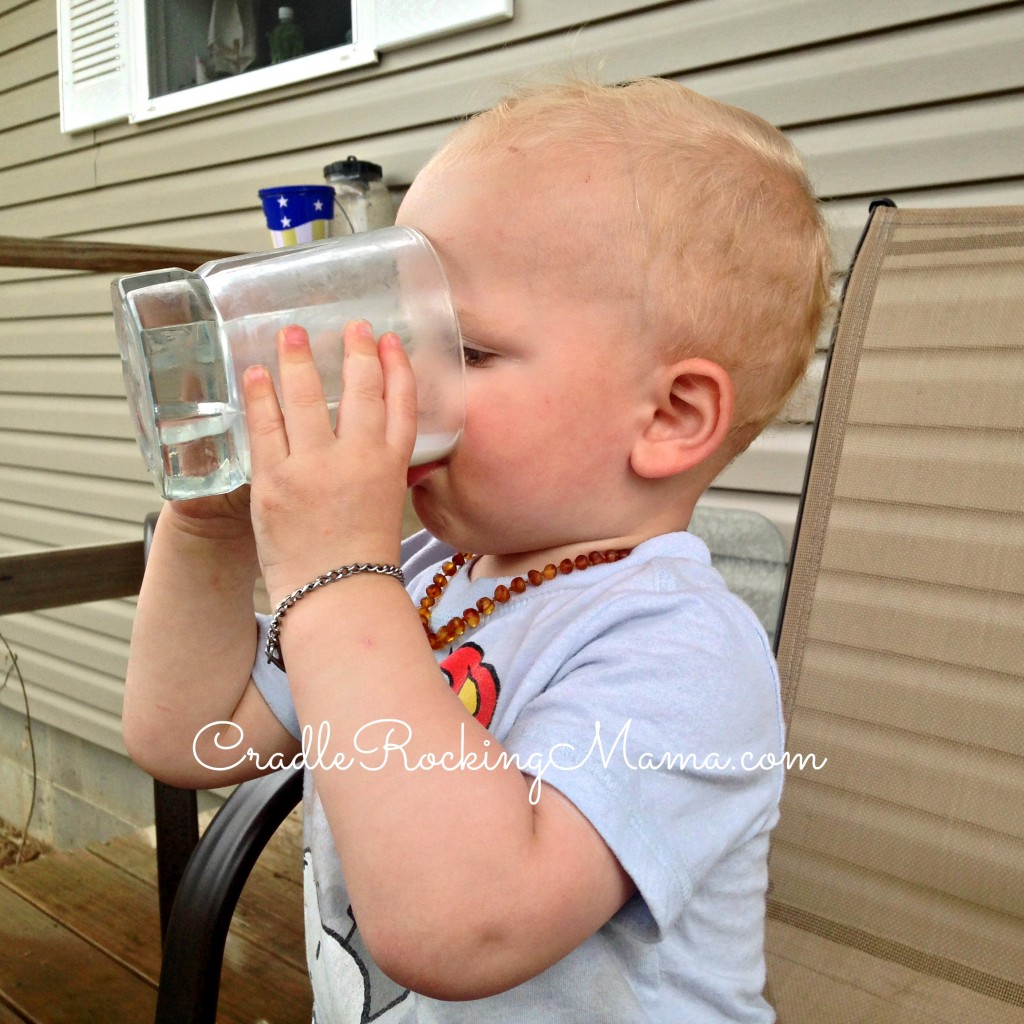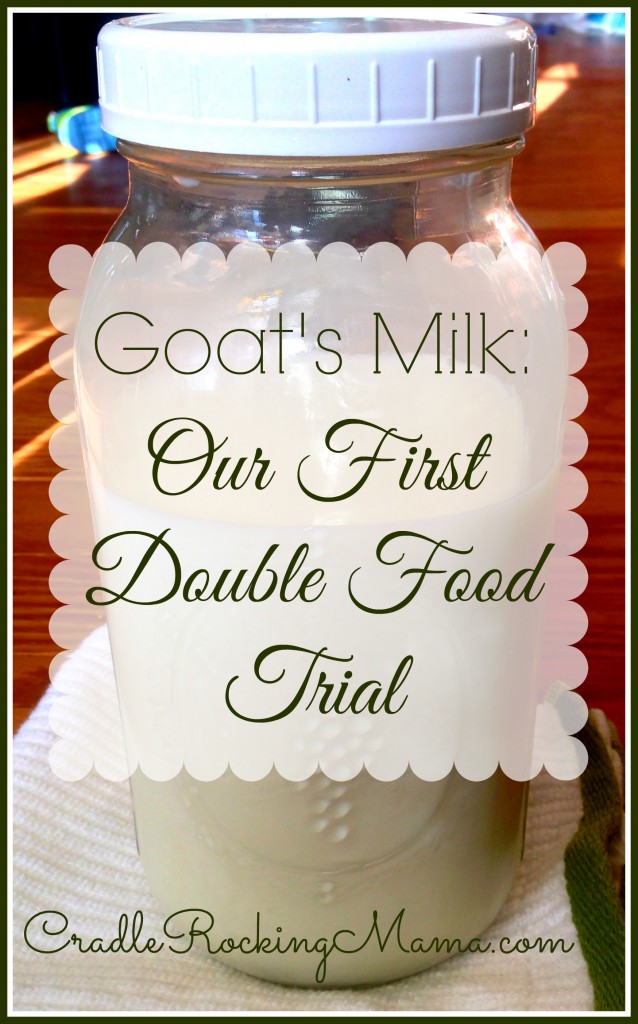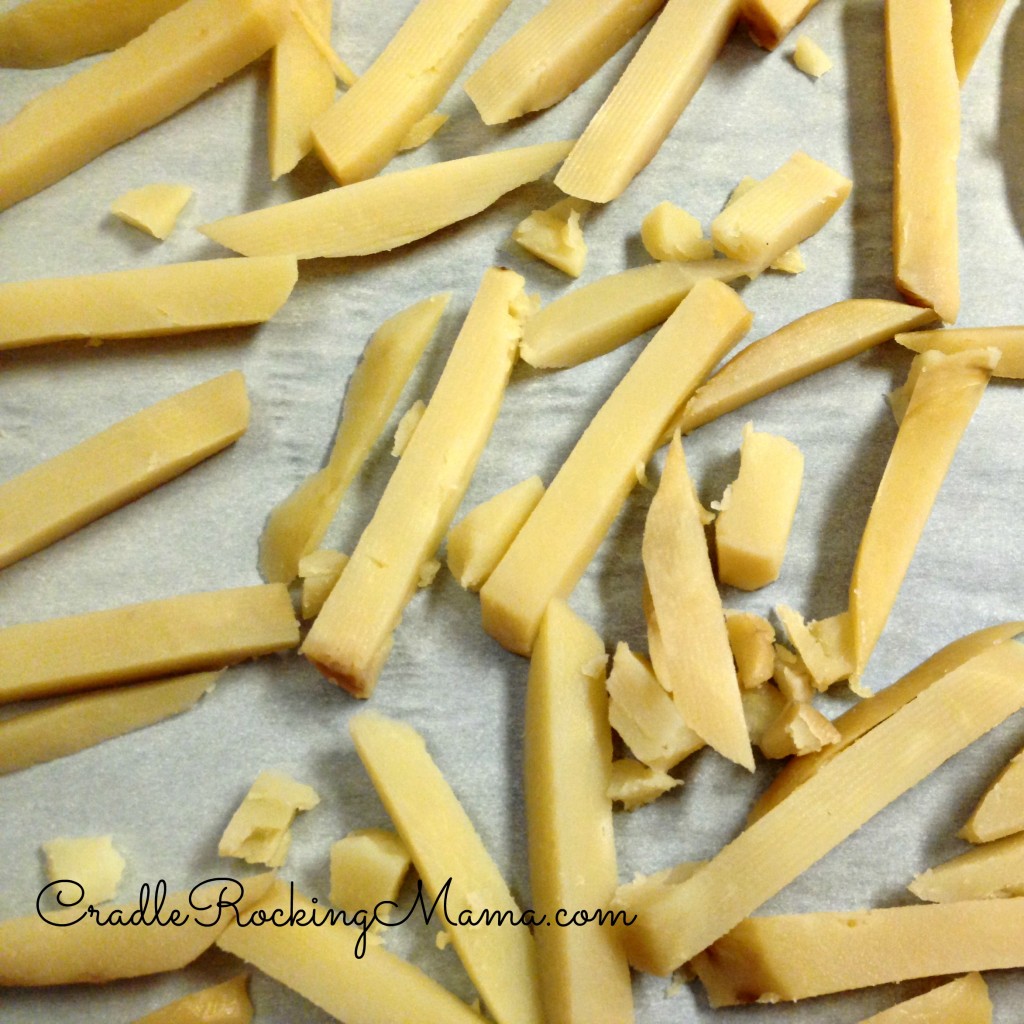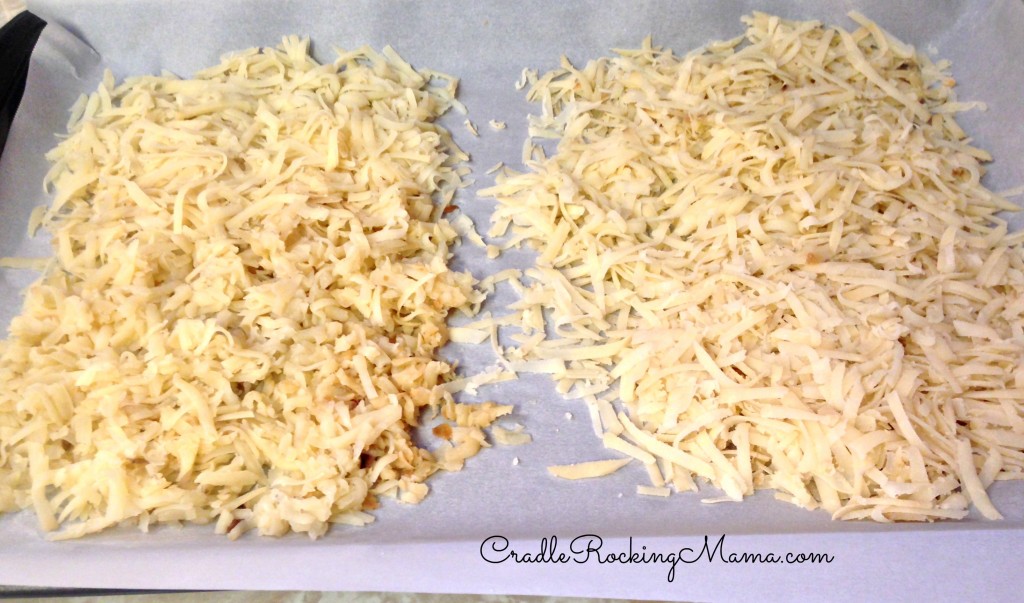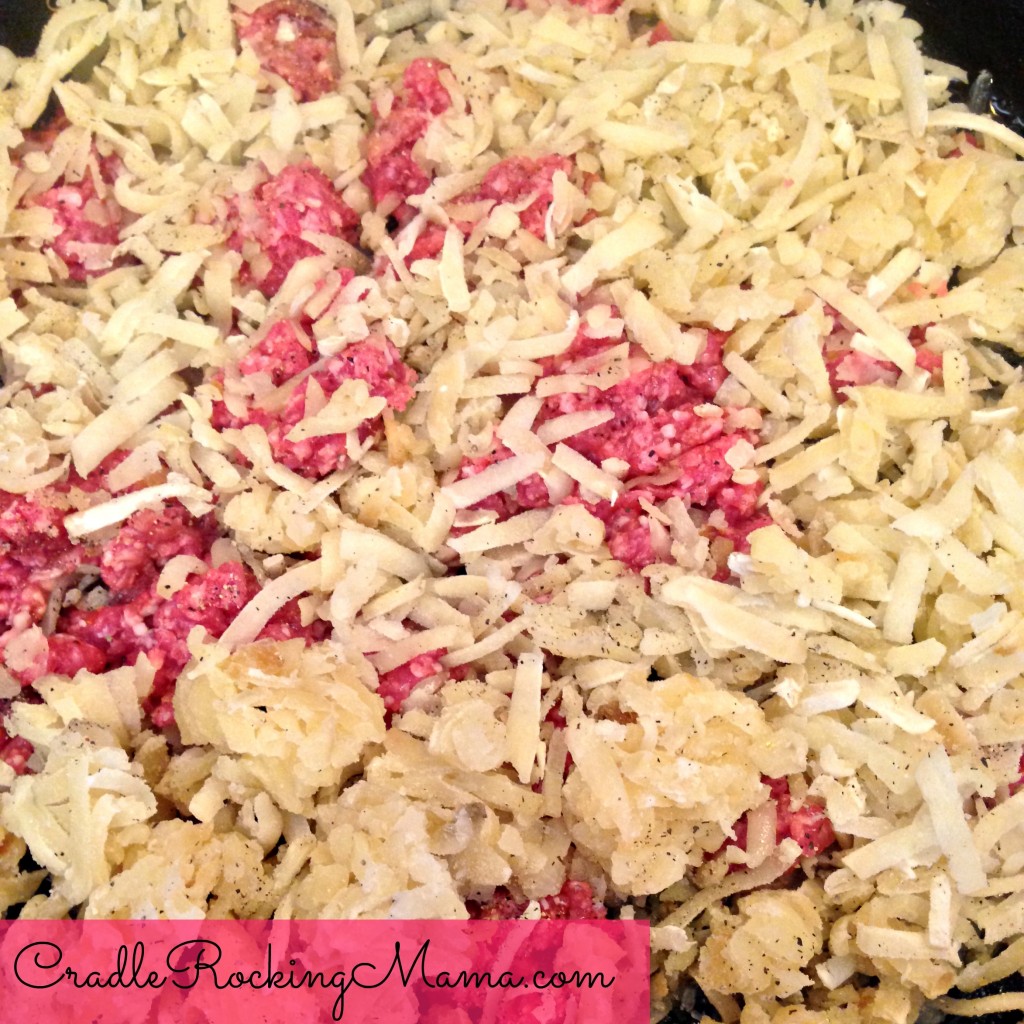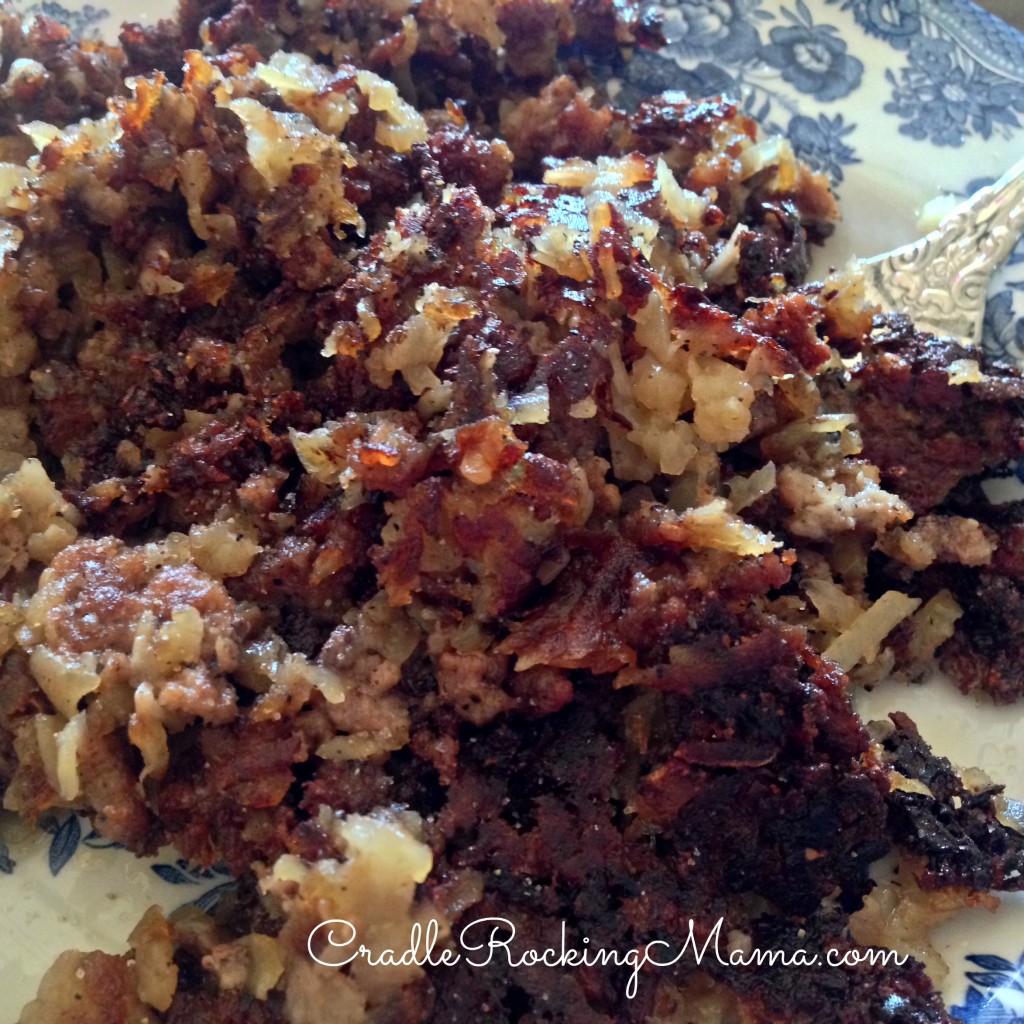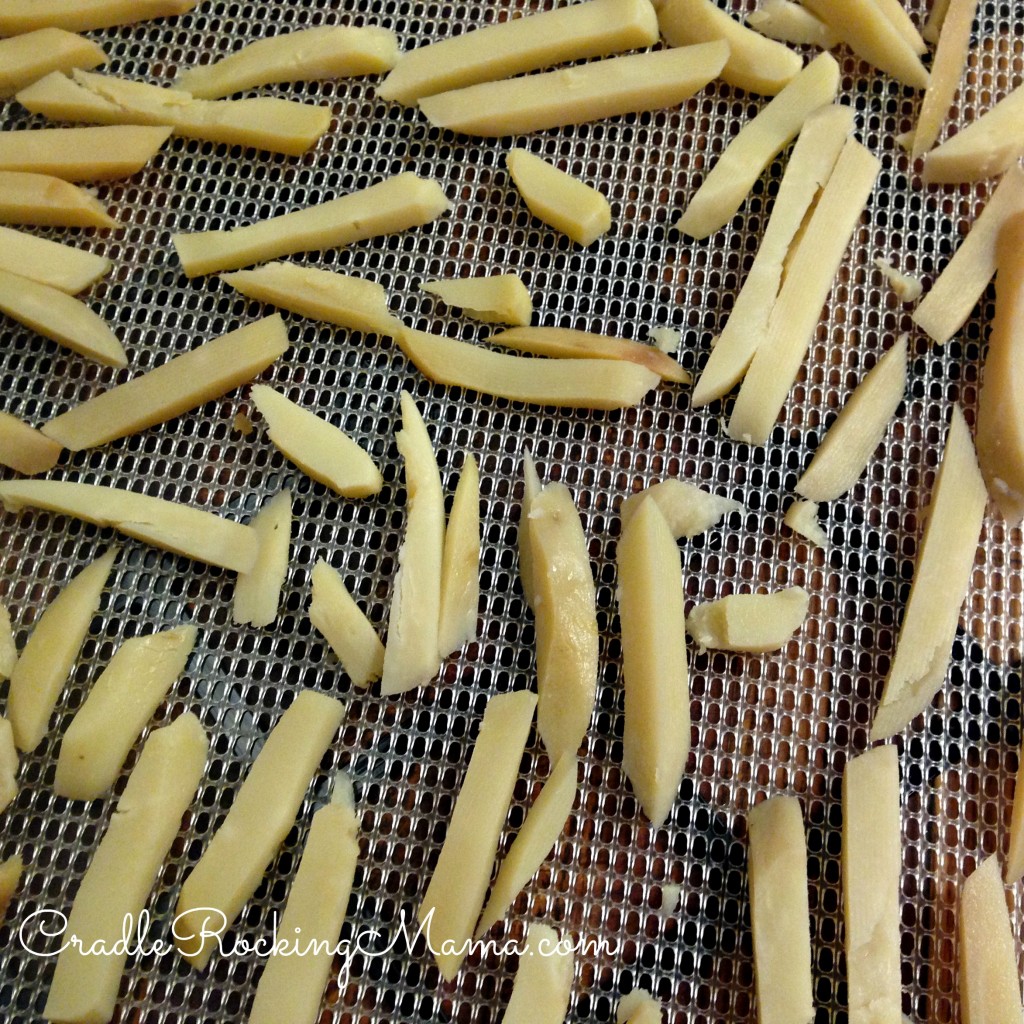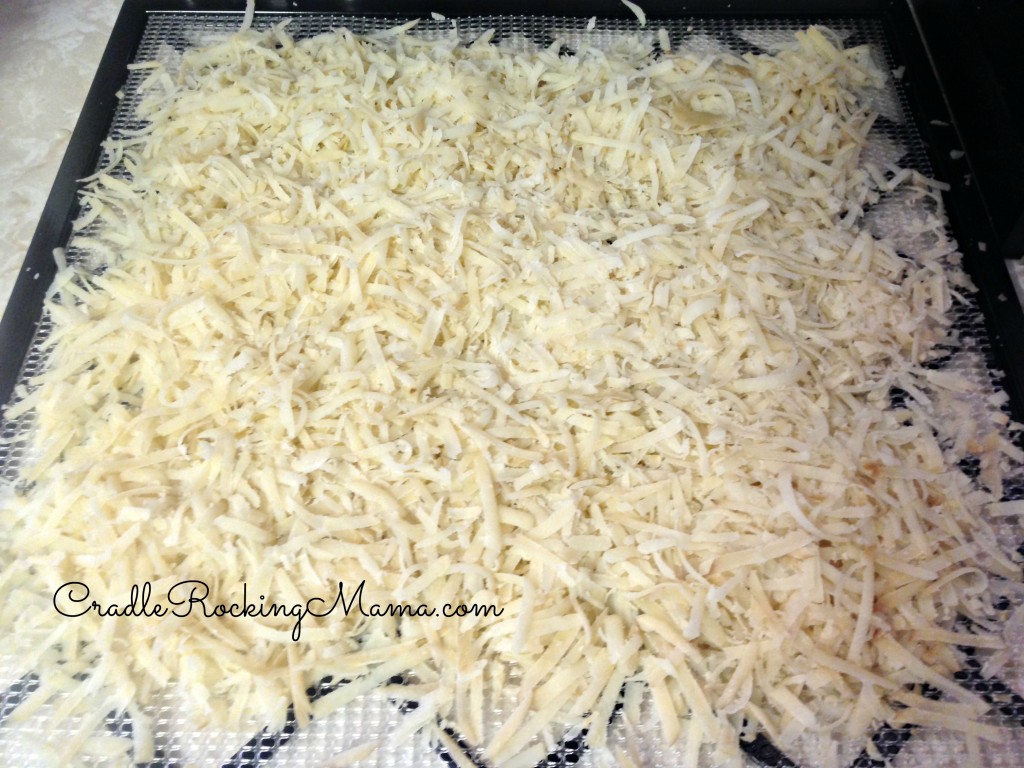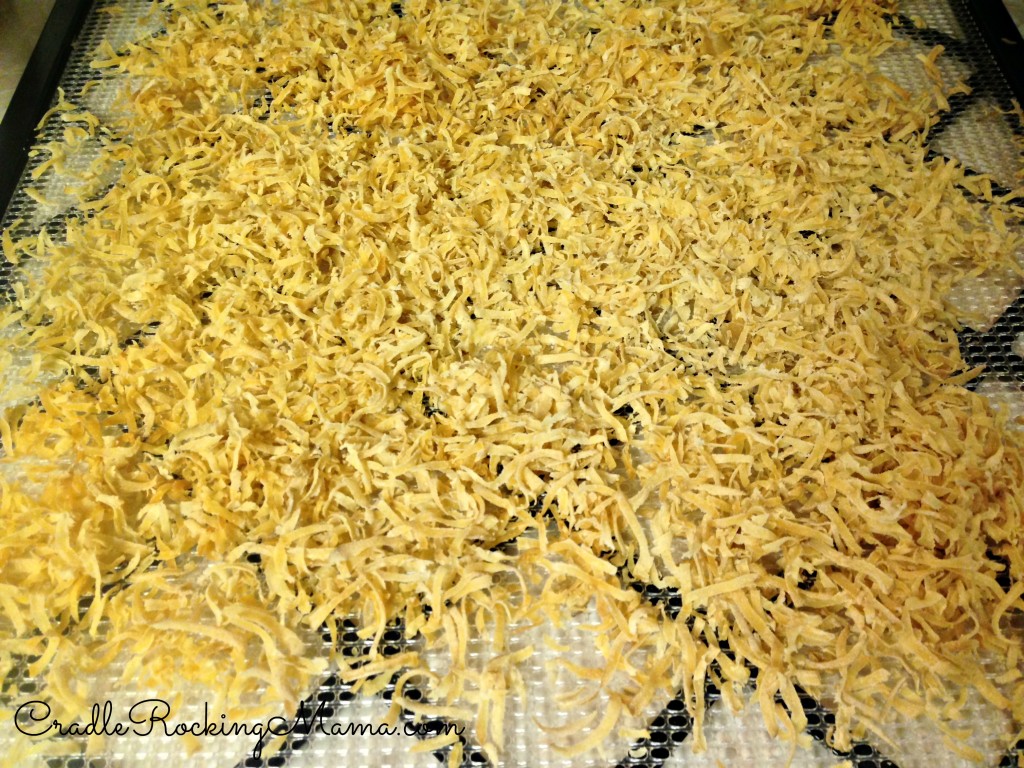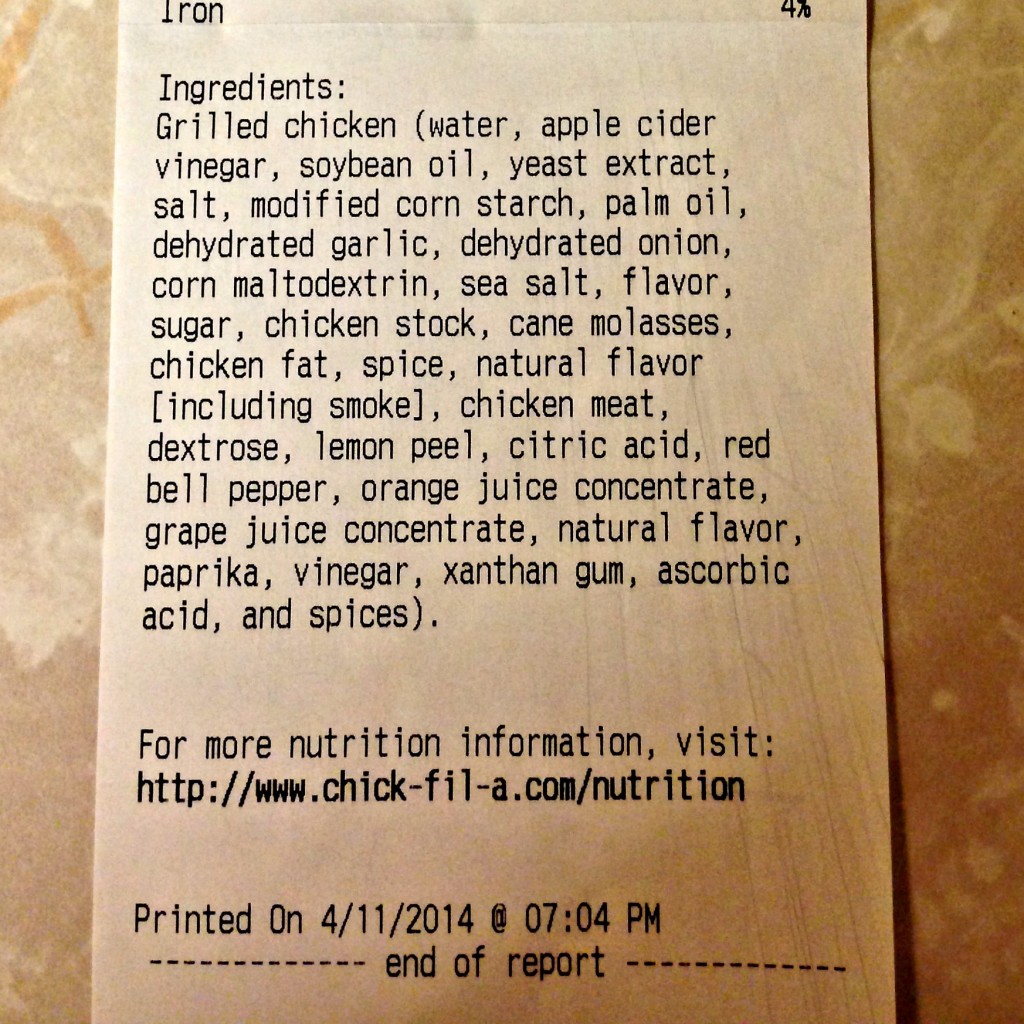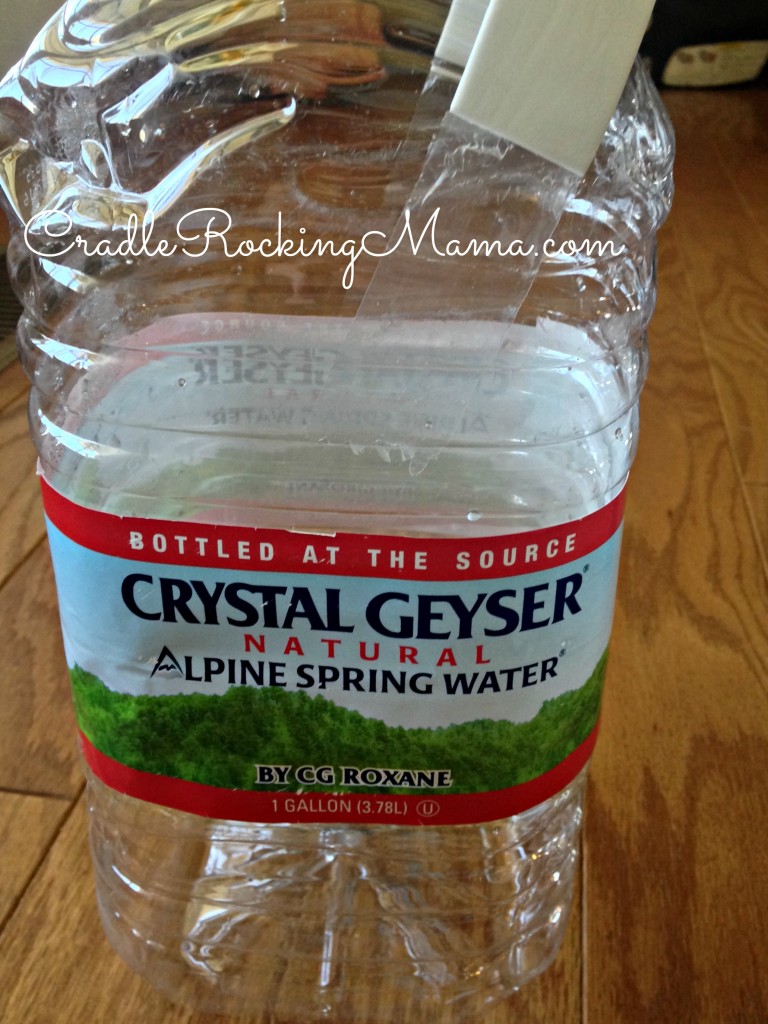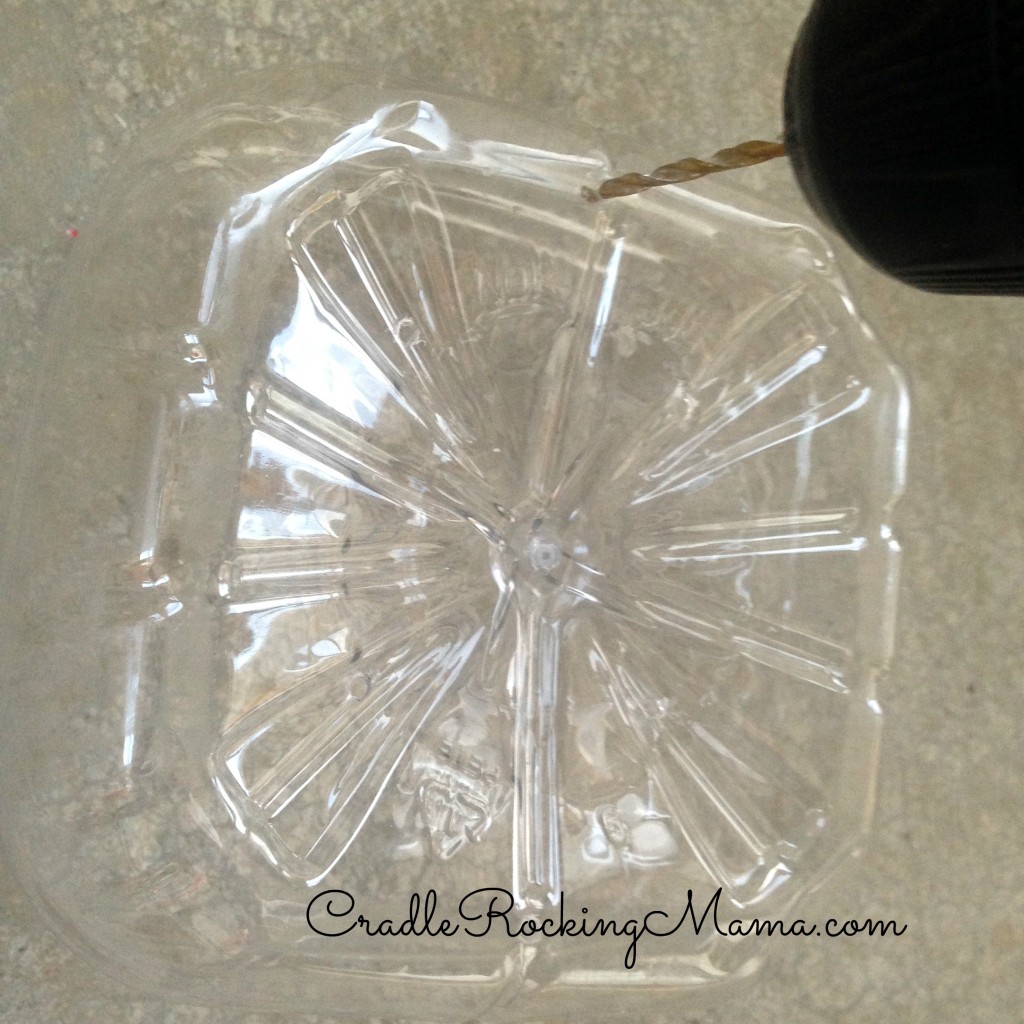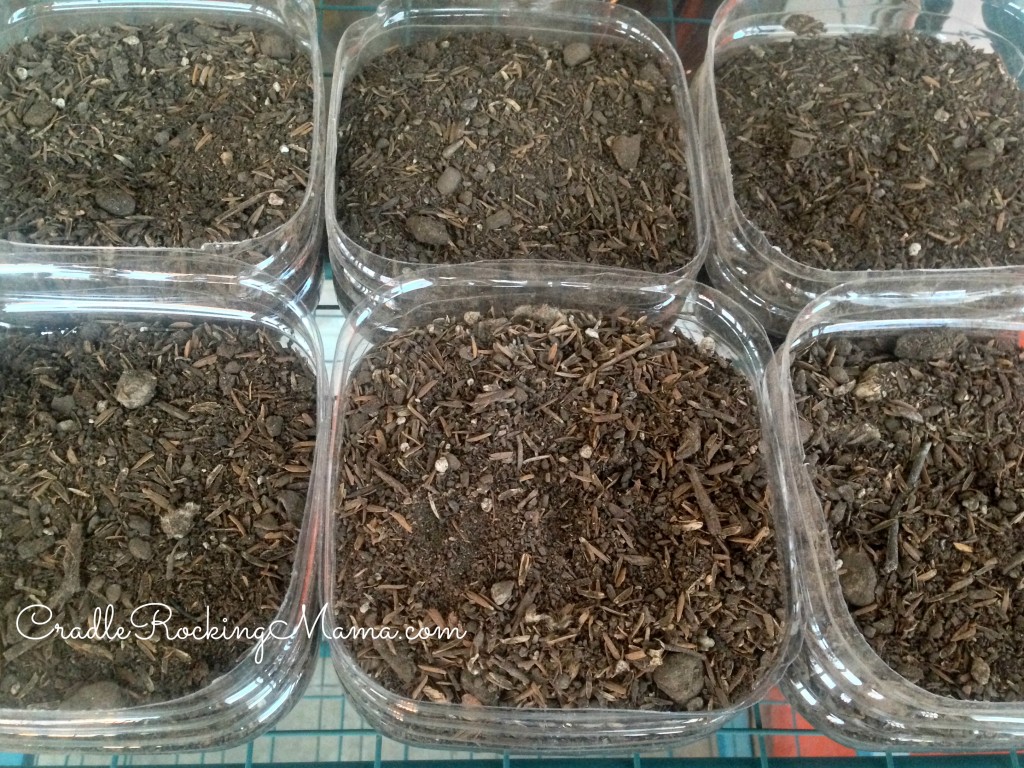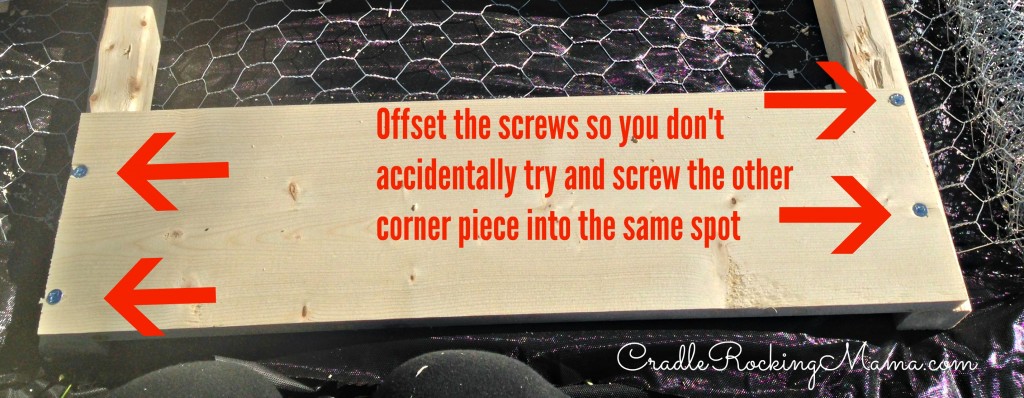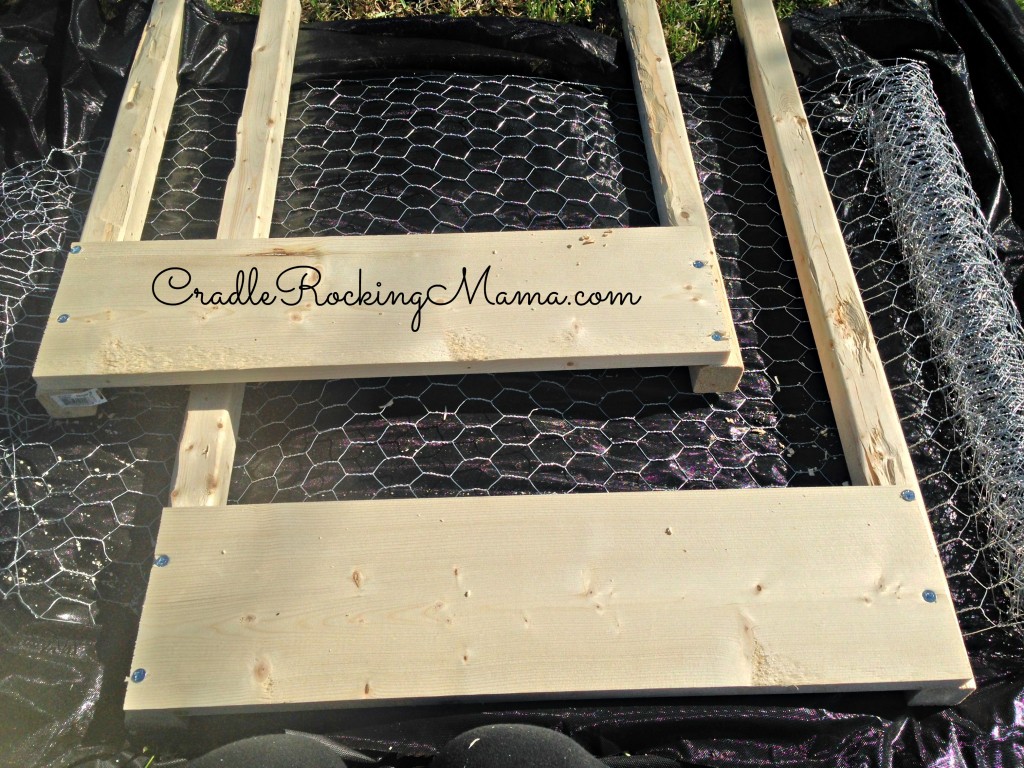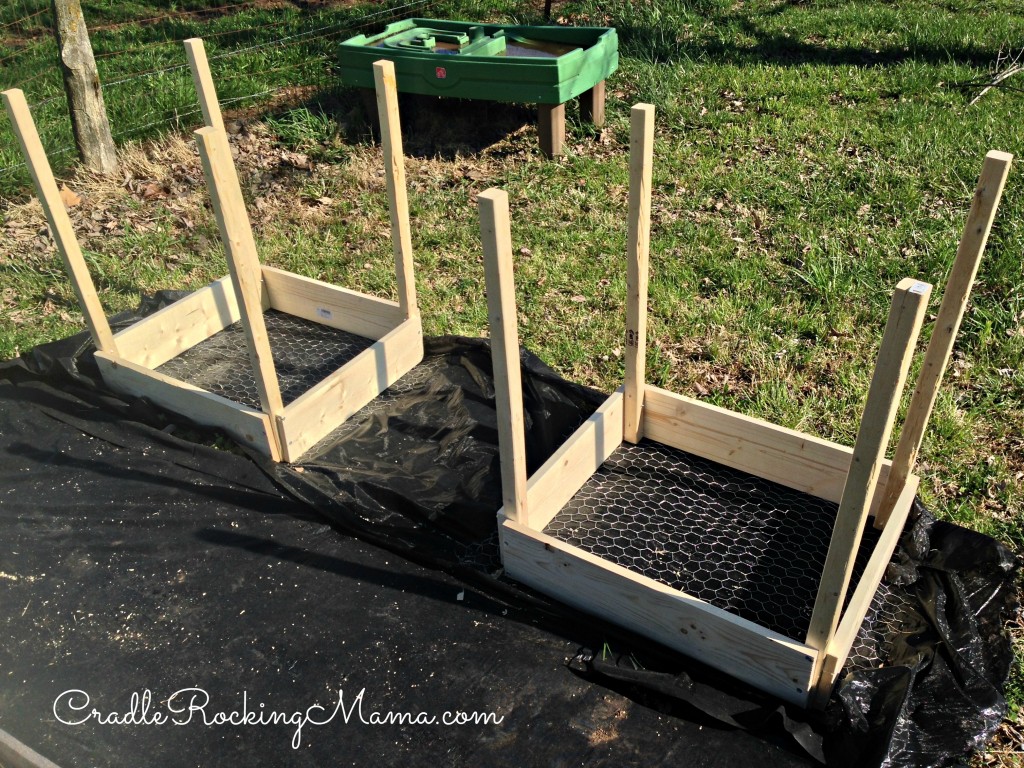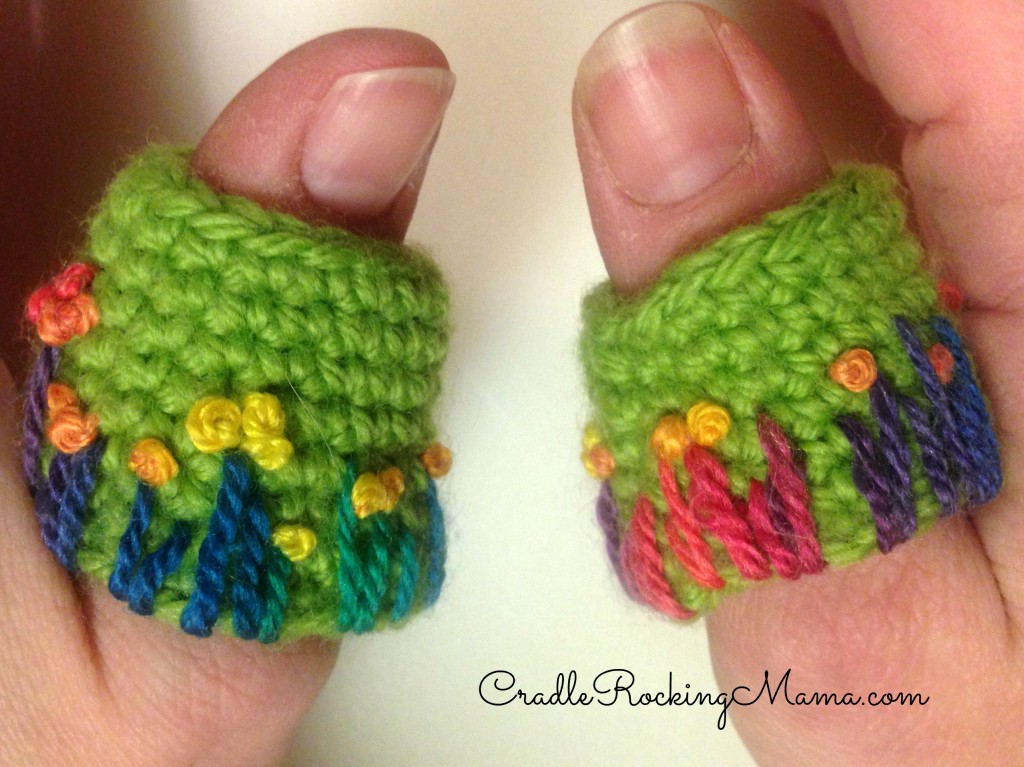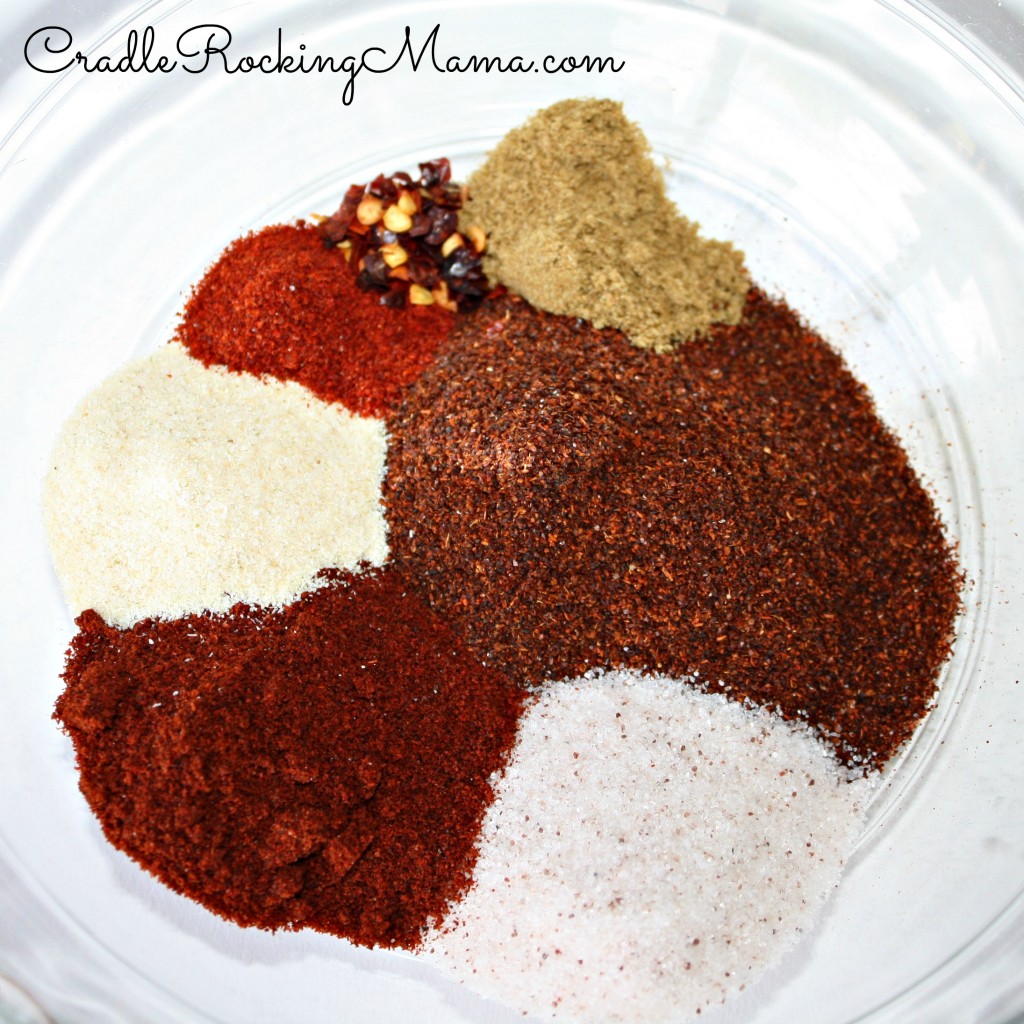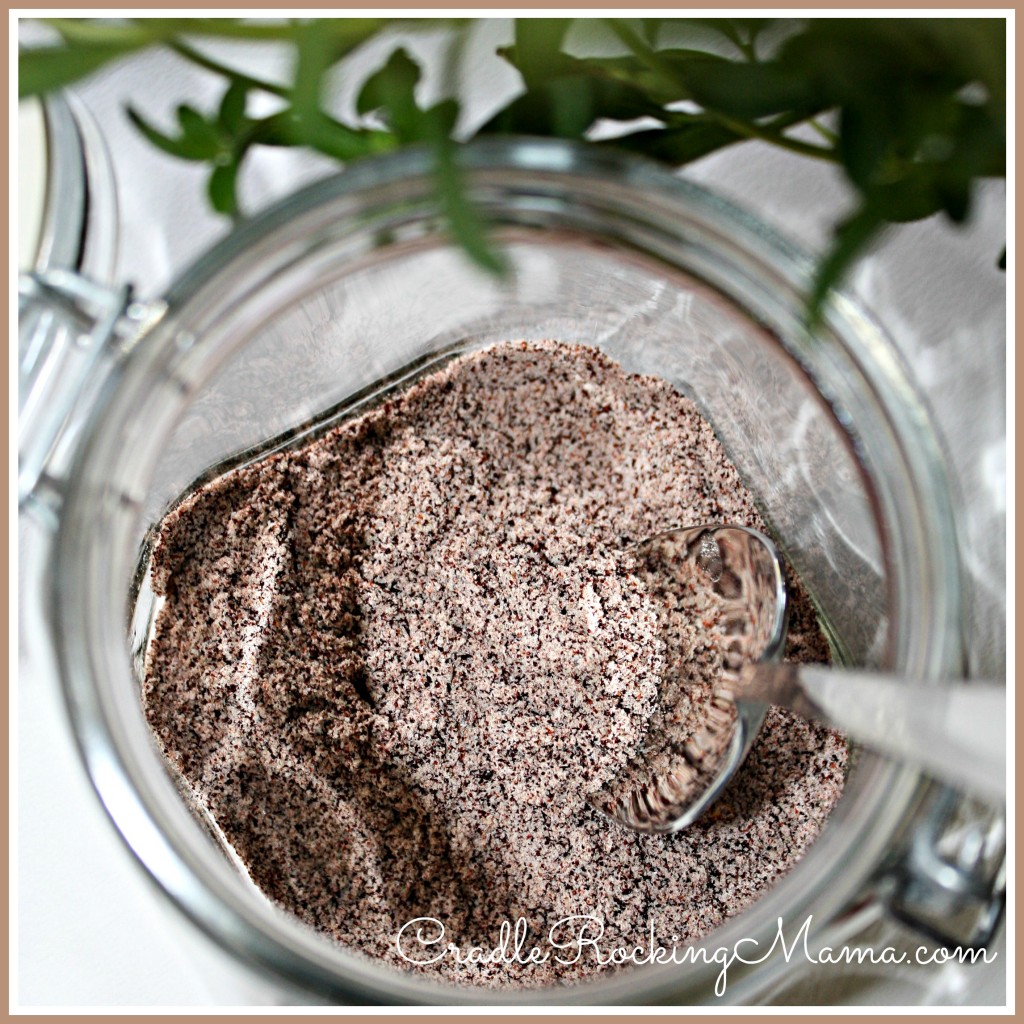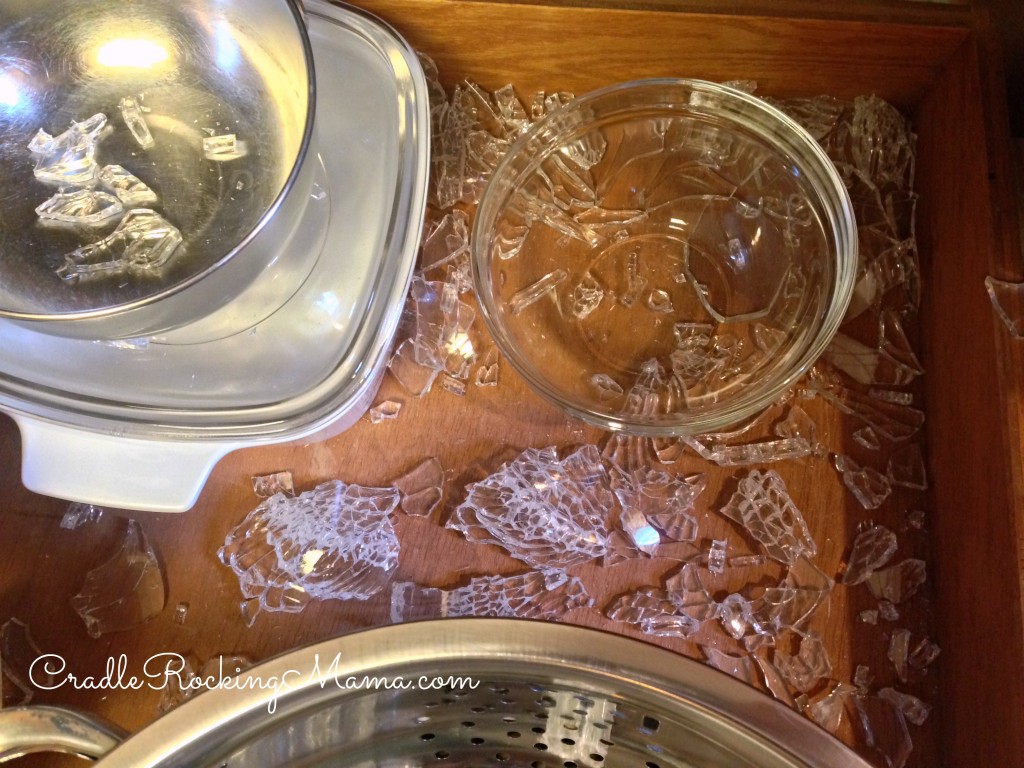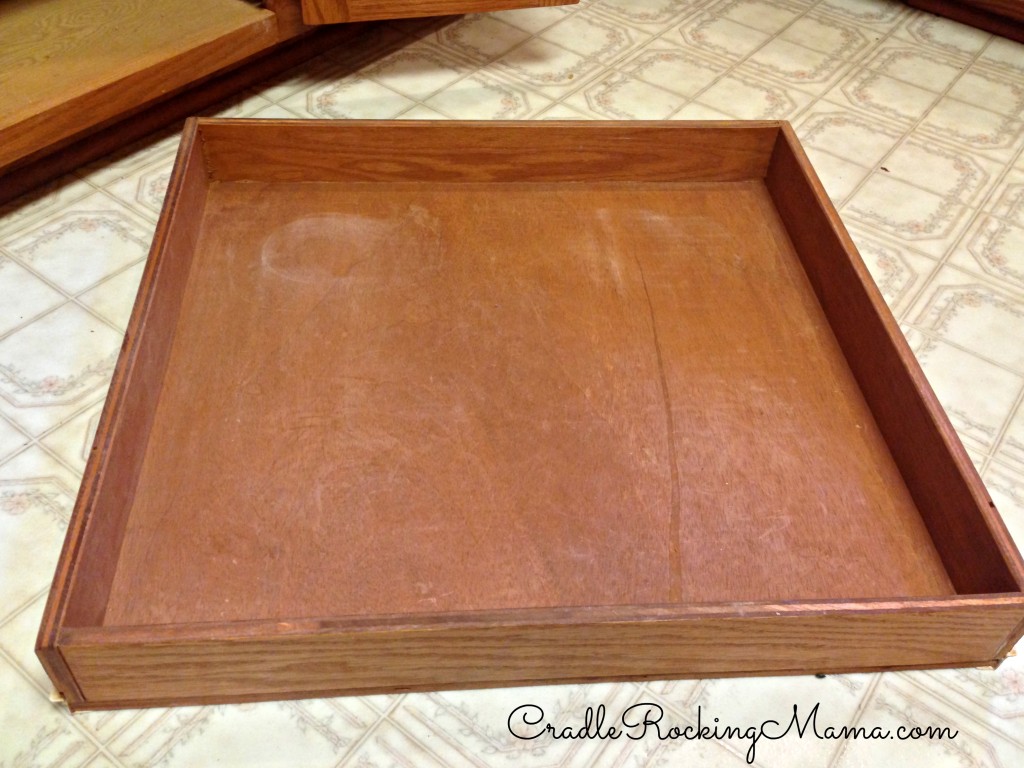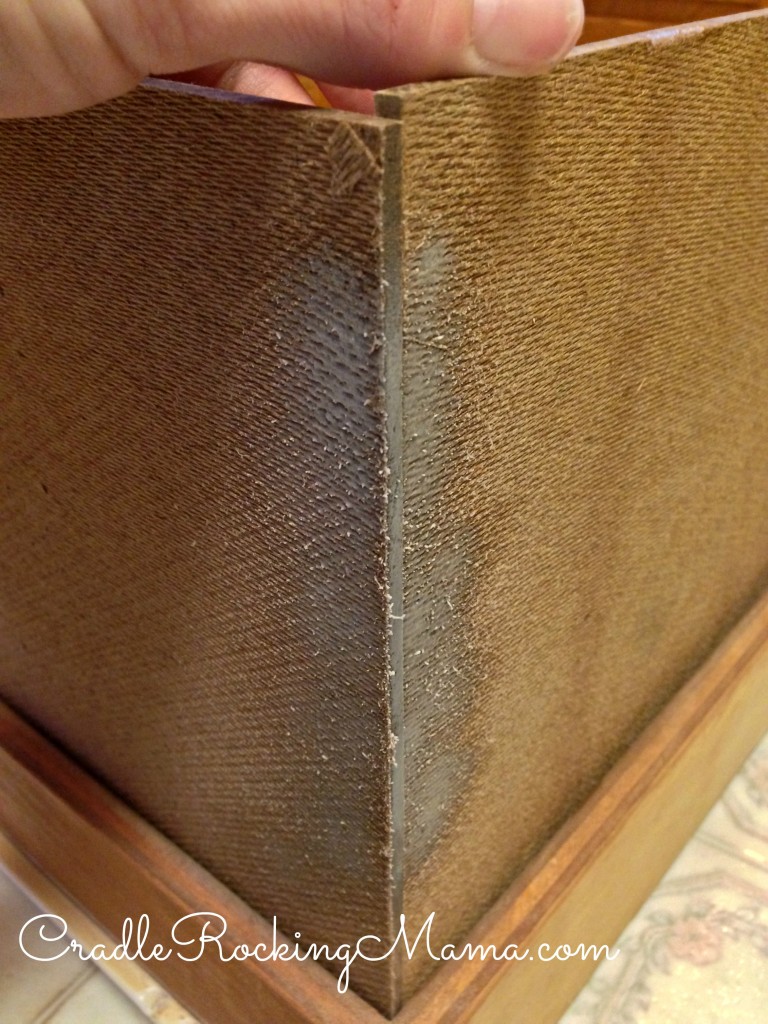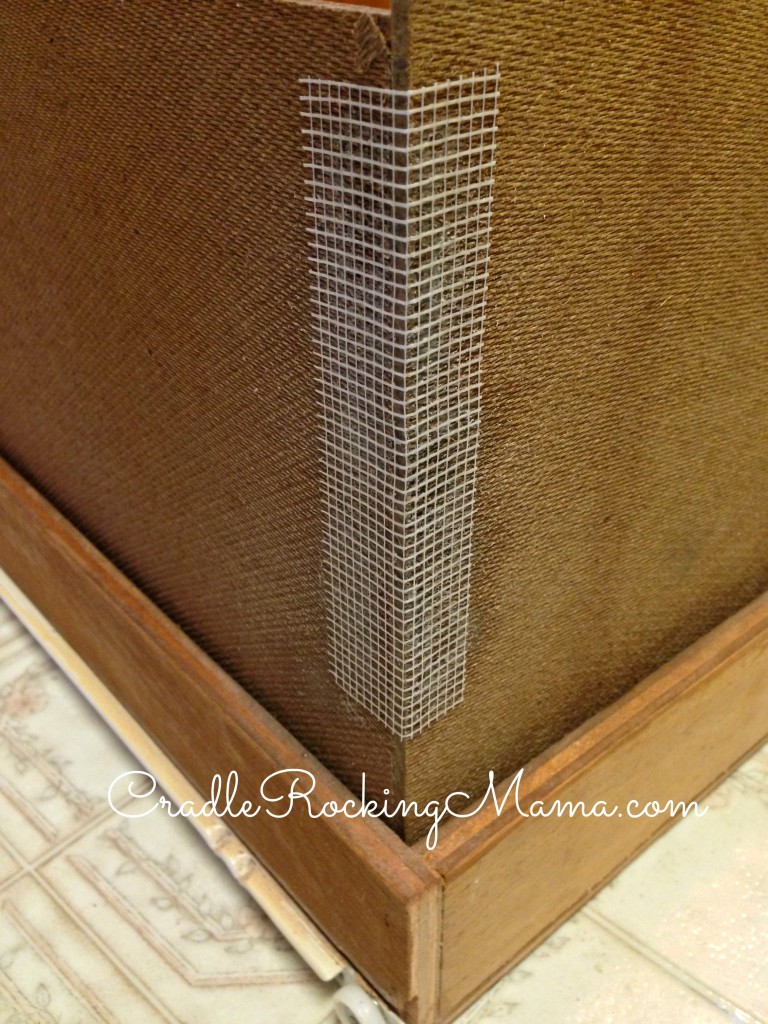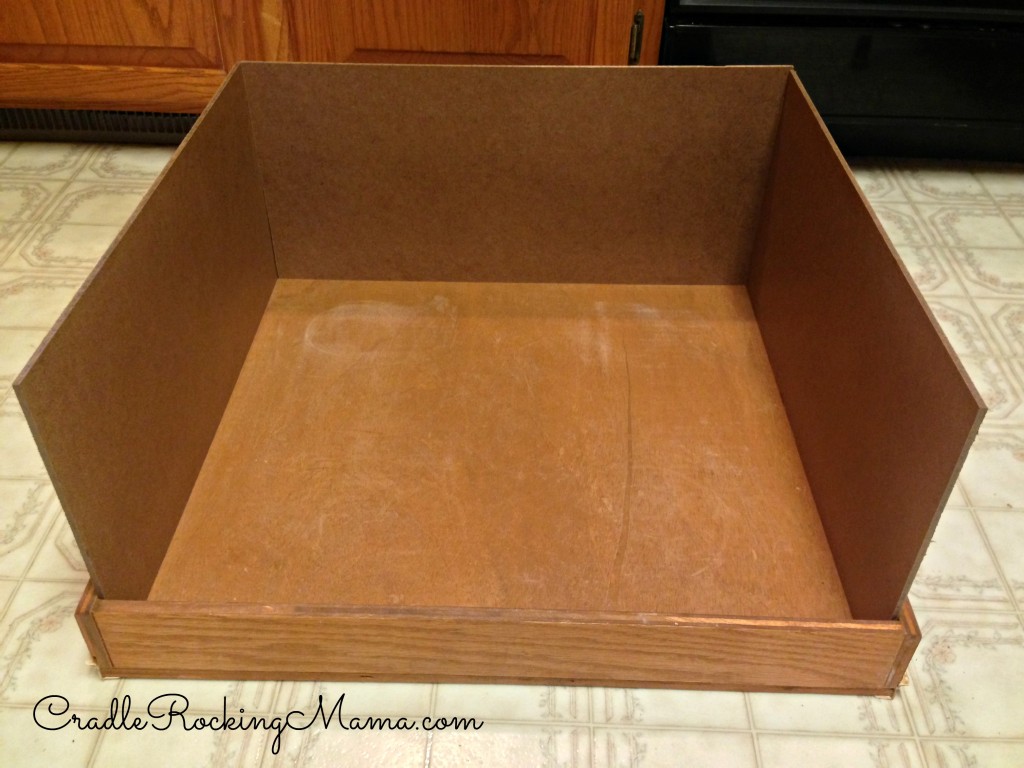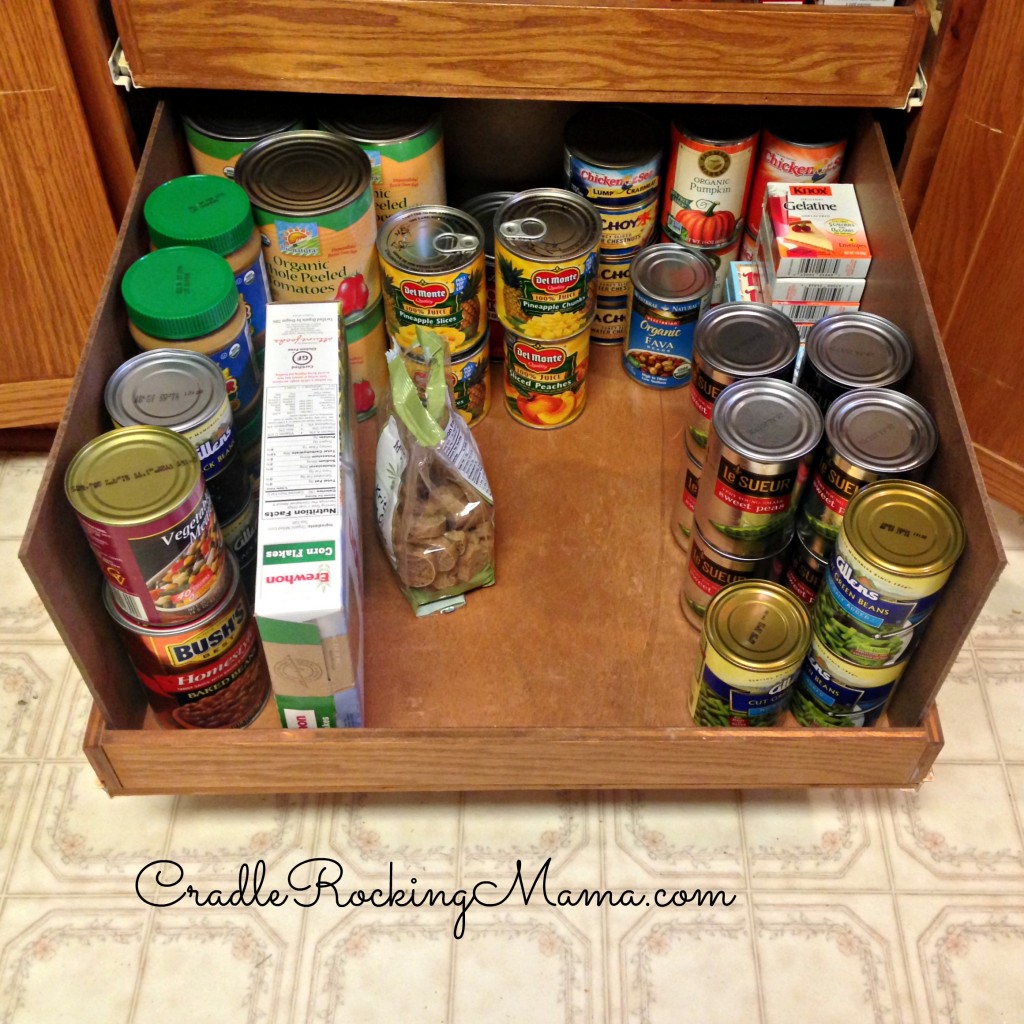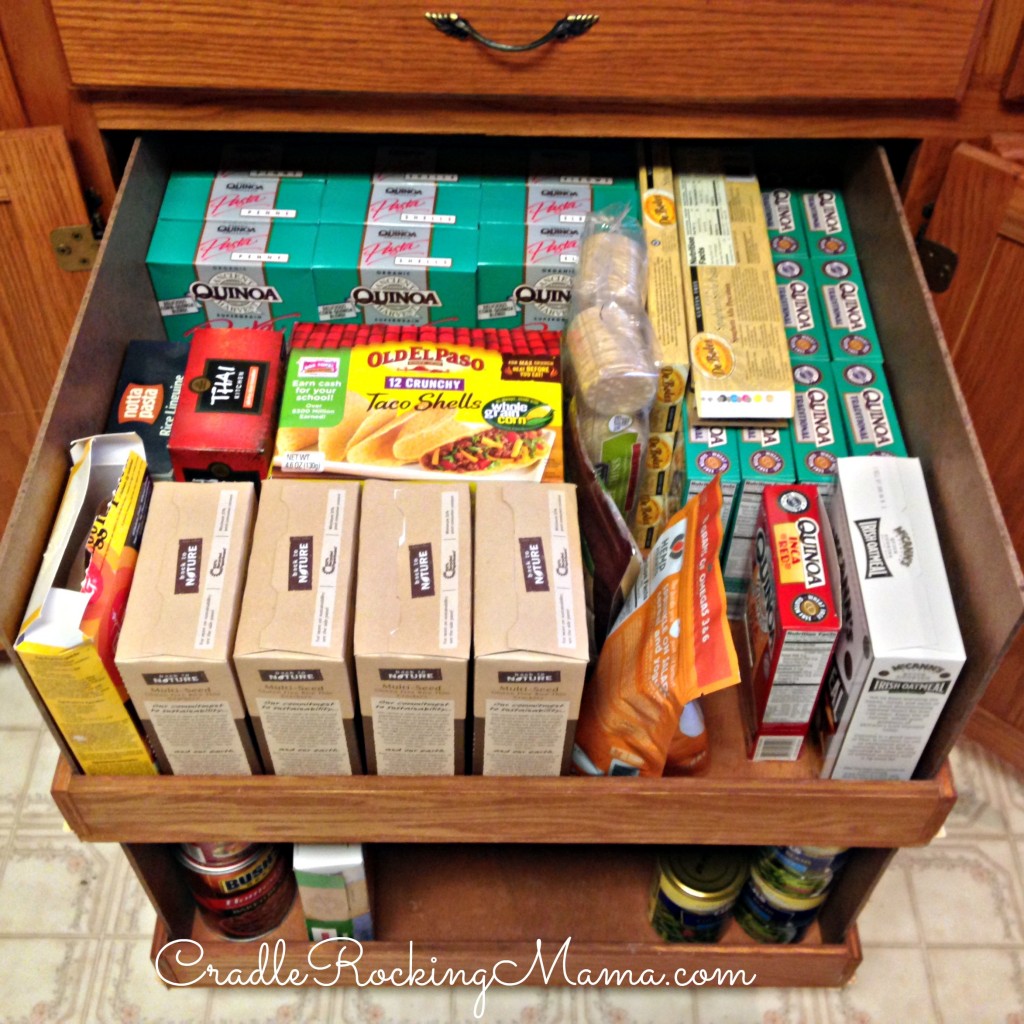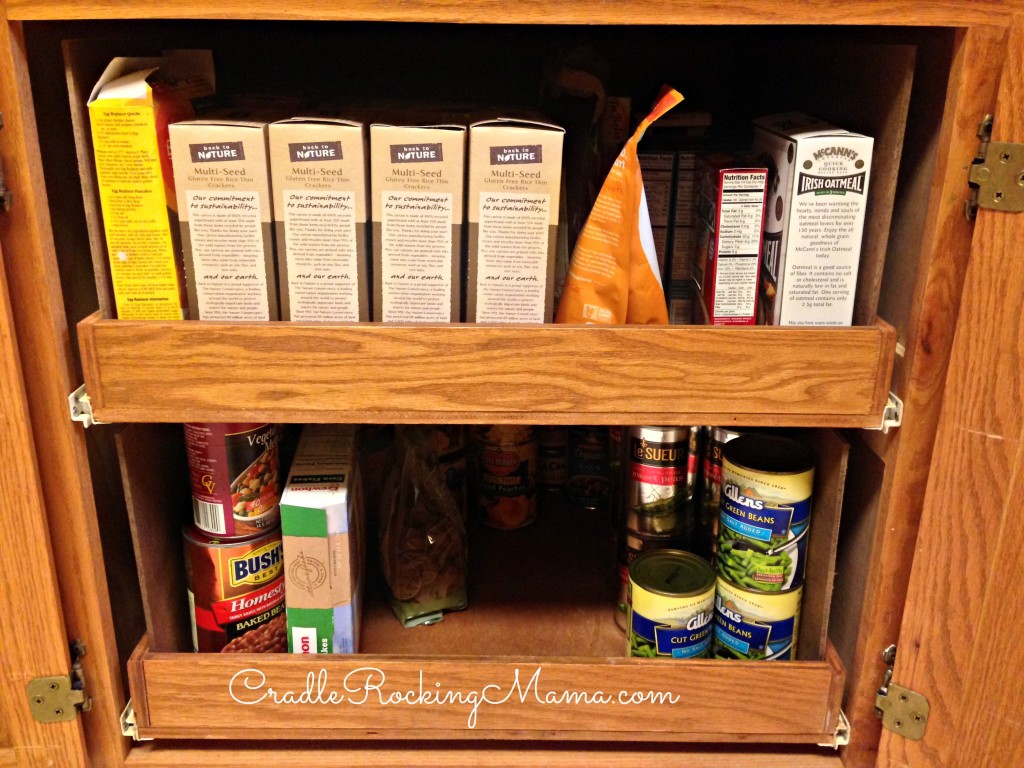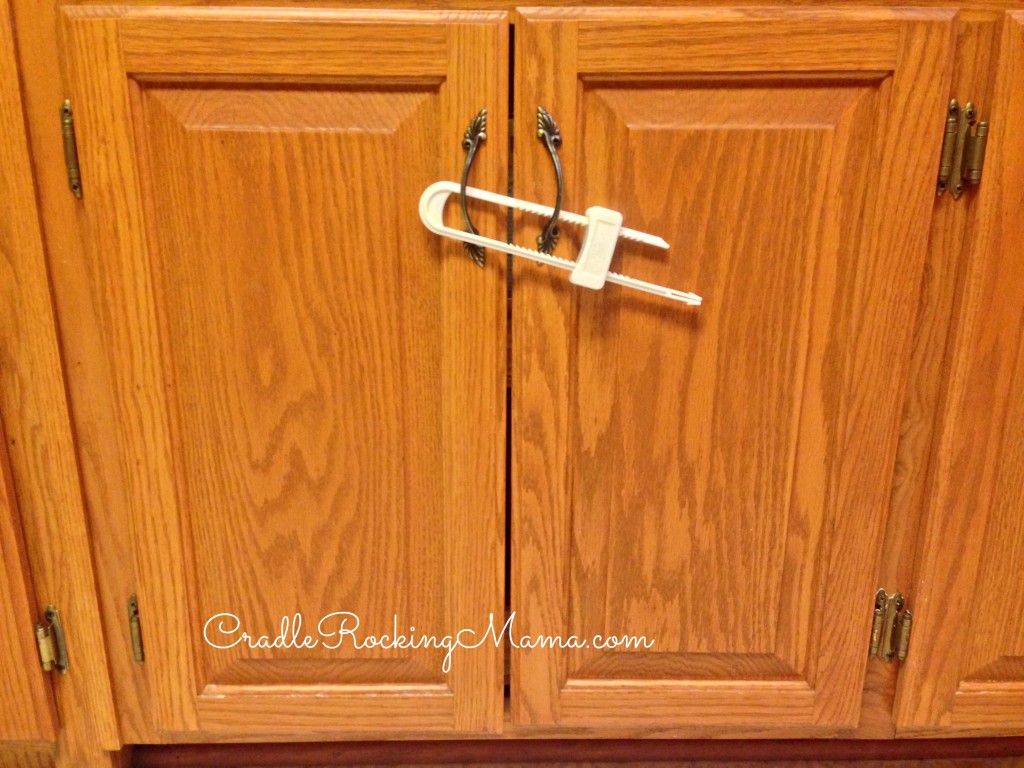With five days of goat milk under our belts, I’m happy to report that we have good news, and we have great news!
For the good news, goat milk has so far proven to be very similar to eggs in terms of FPIES food trials for Zac. No symptoms whatsoever, an increase in development right away, and only a slight “particular-ness” about how he is served the new food to deal with.
Zac really is doing great! Two days after we started goat milk, he started babbling more and I’ve caught him trying to say new words. This is huge, especially considering that on Thursday we had him evaluated for Early Intervention Speech Therapy.
He’s tried to say “duck” and “water” that I know of, and is making more attempts at gestures and sounds than he was just a week ago.
I am thrilled!
His coordination has improved immensely, too. He’s throwing balls more now, and with more accuracy than he has ever shown before.
He’s sleeping more at night, too, which is always nice. Now we usually only have two middle of the night wake-ups instead of every 2-3 hours all night long.
Love me some sleep, y’all!
The only caveat is that he will only drink goat milk in a glass. He refuses it from our cups with lids and straws.
In fact, he’ll forcibly shove those cups full of goat milk across the table if we dare serve it to him that way!
The only problem with that is that he sucks at drinking from a glass!
Oh, he can drink from a glass perfectly fine; he just likes to shake the glass to see the liquid splash over the sides, tends to forget he’s holding one and simply lets go (dropping the glass and spilling all the liquid), or any other typically no-big-deal, age appropriate “learning to use a glass properly” things.
This is only a problem because as much trouble as procuring the goat milk is for us, I can’t afford to let him spill it all over the floor. Sure, it’s only $6 a gallon, but I have to drive almost two hours one way to buy it. The gas costs alone make the goat milk pretty pricey.
Not to mention we can only buy as much as she has available; if she’s sold all but two gallons that week, that’s all we can get. It’s not like we’re trying something you can just pick up from the grocery store, here!
Scarcity+costs=STOP SPILLING THE GOAT MILK, ZAC!
Fortunately, I discovered that he ADORES goat milk if I turn it into ice cream!
I just pour 8 ounces into my ice cream maker and five minutes later sit Zac down with a nice bowl of frozen goat milk – and he goes nuts. He’ll scream at me when the bowl is empty, begging for more!
So, as long as we give him ice cream, or pour just a couple tablespoons in a glass at a time, he’ll consume his goat milk just fine. He’s been taking a nice 8 ounces per day after the first day, and yesterday took a whopping 12 ounces of goat milk!
Just a couple more days of this and we can pull it for our three day break and reintroduce it. Fingers and toes crossed and prayers like crazy that the reintroduction goes well.
Goat milk might be what saves our family from financial ruin.
For the great news, Jed appears to have NO problems with the goat milk, either!
From the beginning, his MSPI symptoms showed up very quickly. Give that child some dairy or direct soy (not oil) and within a few days his diapers were bloody.
We’ve been five days now with no bloody poop, no stomach cramps, no NOTHING.
In fact, even Jed, who was already doing quite well developmentally, has shown some improvements since the start of the trial!
He’s using more vocabulary – big words, too! He’s telling more stories, attempting more conversations, listening a bit better, following instructions a tiny bit better, and showing much more creativity in his play.
This could be just a normal developmental growth moment, of course, but I find it interesting that it coincided directly with the beginning of his goat milk ingestions.
He also can’t seem to get enough goat milk! I’ll make him ice cream and he’ll eat huge bowls. He can easily drink three glasses of it per day. We had to actually start rationing it after he wiped out 1/4 gallon on the first day of the trial!
So goat milk is looking really good for us right now, and I’m happy to share that news with you. But I’m going to wrap it up now, because this weekend was exhausting! We had some awesome fun that was worth every minute but seriously wore us all out and set me behind on my housework and return to work preparations.
I hope I can share some more of our news and our fun weekend tomorrow.
In the meantime, how was your Easter weekend?






